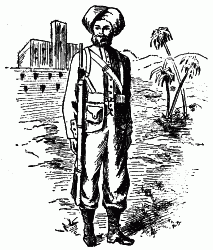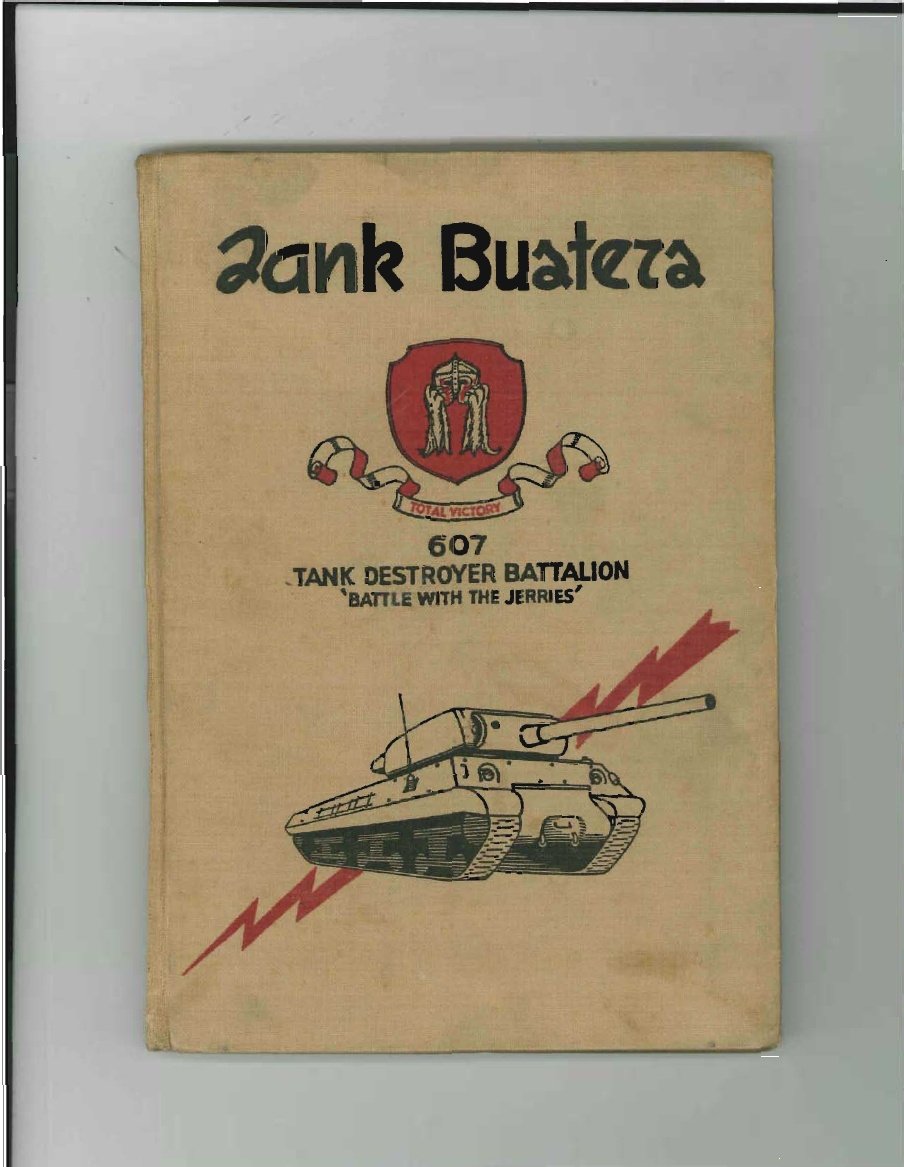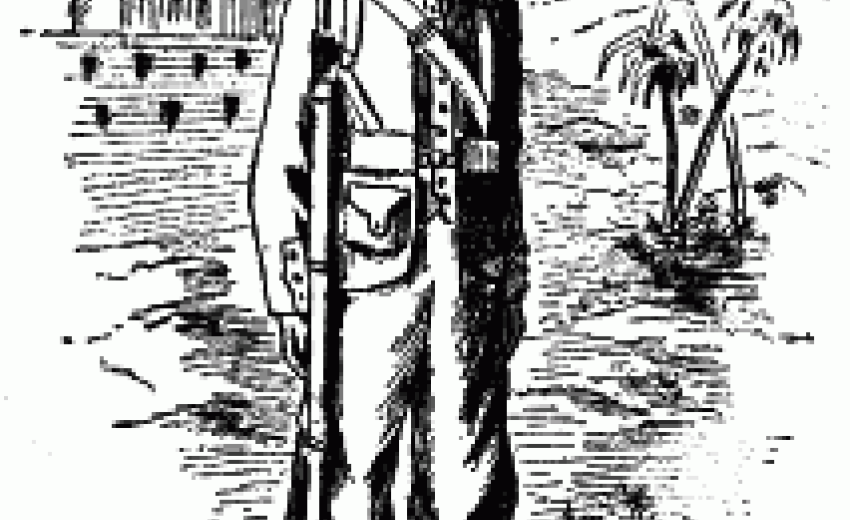 The 4 Sikh, the legendary unit associated with the epic Battle of Saragarhi, which was fought against impossible odds, is moving to the salubrious environs of Chandimandir after a stint in the harsh, inhospitable climes of Siachen. The 1897 battle is not their only claim to fame, though. The
battalion rendered impressive service on the old North-Western Frontier, did extremely well in France and against the Turks in World War I and earlier at the siege of Tsingtao in China. In World War II, they fought with the famous 4th Indian Division (Red Eagles) through the North African, East African and Italian campaigns. After Independence, they fought hard to stem the Chinese tide at Walong in Arunachal in 1962, excelled in attack during the capture of Burki in September 1965, and of Siramani in the victorious Bangladesh campaign of 1971. A unit of excellence, if ever there was one!
The 4 Sikh, the legendary unit associated with the epic Battle of Saragarhi, which was fought against impossible odds, is moving to the salubrious environs of Chandimandir after a stint in the harsh, inhospitable climes of Siachen. The 1897 battle is not their only claim to fame, though. The
battalion rendered impressive service on the old North-Western Frontier, did extremely well in France and against the Turks in World War I and earlier at the siege of Tsingtao in China. In World War II, they fought with the famous 4th Indian Division (Red Eagles) through the North African, East African and Italian campaigns. After Independence, they fought hard to stem the Chinese tide at Walong in Arunachal in 1962, excelled in attack during the capture of Burki in September 1965, and of Siramani in the victorious Bangladesh campaign of 1971. A unit of excellence, if ever there was one!
Light Infantry link
So, the Sikh Light Infantry has its third army chief. Third? We know of Gen VP Malik (1997-2000) and the recently appointed Gen Bikram Singh. Who's the third? It's none other than Gen Mohammed Musa, commander-in-chief, Pakistan army (1958-66). Musa was commissioned into the 6/13 Royal Frontier Force Rifles (now 1 FF in the Pak army) but spent most of World War 2 in the Intelligence Bureau; towards the end of the war, he was posted to the newly-raised Sikh LI. However, he neither joined them formally nor wore their Chakkar and Kirpan cap badge. Independence saw him rejoining his old regiment. Subsequently, he moved rapidly up the ranks, being rewarded for his pliability, loyalty and sheer sycophancy by Ayub Khan by being appointed his successor when the latter took over the reins of the country in October 1958. Musa, through his incompetence, laid the foundations of weaknesses that prevented a Pakistani victory in 1965 and led to the ignominious defeat in Bangladesh. Comparing the two able Indian professionals from the regiment - who rose through wars and insurrections to the highest post - with Musa, we can only say like Hamlet, 'Look here, upon this picture, and on this'.
Gallant subedar
The date: September 6, 1965. The place: Gosal-Dial village on the road to Lahore. The men: The 3rd Battalion of the Jat Regiment. The task: To clear the Pakistani brigade advance position defended by a recce company less two platoons of 11 Frontier Force (recce and support) - the rifle company from 3 Baluch, that was to provide most of the muscle for the defended locality, was still on the road, having left their barracks in Lahore Cantonment for the forward positions at dawn on foot - to pave the way for the Indian advance to the BRB Canal.
 Subedar Khazan Singh from Madothi (now in Jhajjar district), leading the Bravo Company, was hit by a bullet through his steel helmet and fell on the ground. Seeing their commander fall, the rest of the company went to the ground, a not unnatural reaction the first time round in combat. However, Subedar Khazan Singh soon regained consciousness, rose to his full, imposing height of 6 ft, 4 inches, and ordered the company in his stentorian voice which used to make recruits on the drill square quake, 'Jawan khadey hongey aur dushman ko marengay!' (The jawans will stand up and attack the enemy). Bravo Company rose as one man and with a deafening roar of their war cry, 'Jat Balwan, Jai Bhagwan!', charged and carried the position, killing or wounding the entire enemy detachment. Khazan Singh had been in hospital when the balloon went up and voluntarily and rather forcibly discharged himself against the doctors' orders to be with his battalion in war. Such was the devotion to duty of the old-timers. He was awarded a well-deserved Vir Chakra for his leadership and gallantry.
Subedar Khazan Singh from Madothi (now in Jhajjar district), leading the Bravo Company, was hit by a bullet through his steel helmet and fell on the ground. Seeing their commander fall, the rest of the company went to the ground, a not unnatural reaction the first time round in combat. However, Subedar Khazan Singh soon regained consciousness, rose to his full, imposing height of 6 ft, 4 inches, and ordered the company in his stentorian voice which used to make recruits on the drill square quake, 'Jawan khadey hongey aur dushman ko marengay!' (The jawans will stand up and attack the enemy). Bravo Company rose as one man and with a deafening roar of their war cry, 'Jat Balwan, Jai Bhagwan!', charged and carried the position, killing or wounding the entire enemy detachment. Khazan Singh had been in hospital when the balloon went up and voluntarily and rather forcibly discharged himself against the doctors' orders to be with his battalion in war. Such was the devotion to duty of the old-timers. He was awarded a well-deserved Vir Chakra for his leadership and gallantry.
It is noteworthy that Col Desmond Hayde, the CO, adopted an unorthodox system of command and control using JCOs with their experience to command the companies and junior officers with their youthful spirits to command platoons. An arrangement that worked perfectly for this very fine battalion. Such was the quality and competence of junior leadership honed by the experience of the World War and the continuous operational environment of the period after Independence.
17 Guards' get-together
The 17 Guards, popularly known as the Tankbusters, was raised as an ATGM (anti-tank guided missile) battalion and leaders in the induction of new technology and weaponry, something which the top brass was at that time loath to initiate with regard to the Poor Bloody Infantry (PBI). They were the first unit to be equipped with the French MILAN (Missile d´Infanterie Léger ANtichar) second-generation missile. The battalion deployed nine missile detachments during the Kargil war along with assaulting infantry battalions. These were effectively used for bunker-bursting, providing much-needed fire support capacity to the battalions they were embedded with. At a get-together of officers of the unit at the Khetarpal Officers' Institute at Chandimandir on June 15, one talked to some of the unit's pioneers. Col Sunil Kaul of Panchkula opined that the unit was built up through hard, back-breaking training, humanism and empathy for the men. His colleague, Col Balwinder Ghumman from Mohali, agreed fully. The battalion now has a different role and equipment, but the same pride and professionalism which have carried it through the decades.
The writer is a Chandigarh-based chronicler of military matters. Share your feedback, suggestions and news at 09316135343 or email at [email protected]

